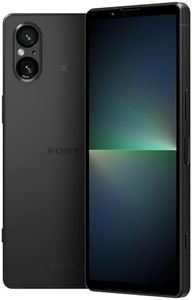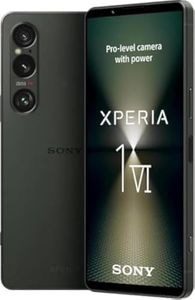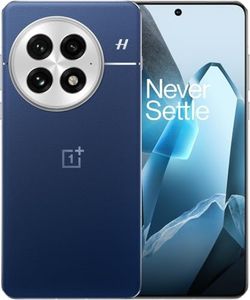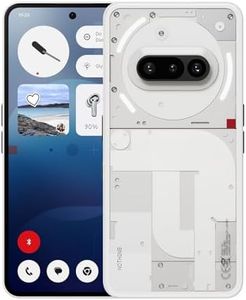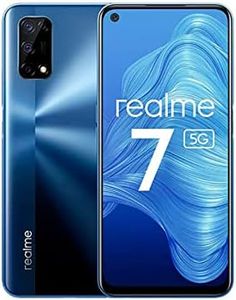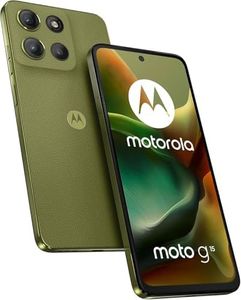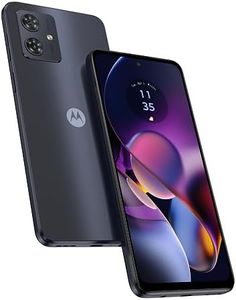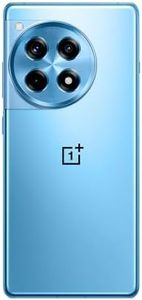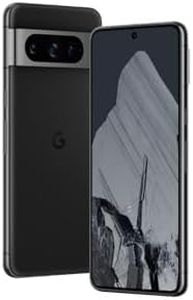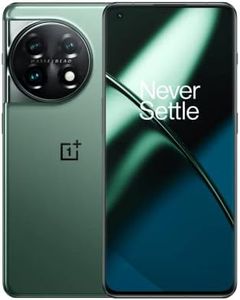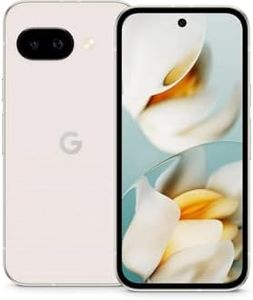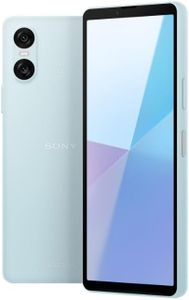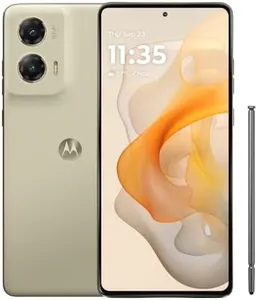We Use CookiesWe use cookies to enhance the security, performance,
functionality and for analytical and promotional activities. By continuing to browse this site you
are agreeing to our privacy policy
10 Best Cell Phones
From leading brands and best sellers available on the web.Buying Guide for the Best Cell Phones
Choosing the right cell phone can feel overwhelming with all the options out there, but by focusing on a few key features, you can find the perfect fit for your needs. Think about how you use your phone: Do you mostly text and call, or are you someone who loves taking photos and playing games? Prioritize what matters most for your daily habits, and use that as your guide as you compare different models and features.Display Size and TypeThe display is one of the most noticeable parts of a cell phone and affects your daily viewing comfort. Display size is measured diagonally in inches, ranging from compact (under 6 inches) to large (over 6.5 inches). Smaller sizes are more pocket-friendly but can feel cramped for gaming or watching videos, while bigger screens offer a better viewing experience but can be harder to handle with one hand. Display types like LCD, OLED, and AMOLED provide differences in brightness, color, and battery use. OLED and AMOLED typically offer brighter, more vibrant colors and deeper blacks, while LCDs are more common in less expensive options. If you use your phone for videos or reading, a larger, high-quality display is beneficial; if you just need basic functions and portability, a smaller screen may suit you better.
Battery LifeBattery life tells you how long you can use your phone before needing to recharge. Phones often list battery capacity in mAh (milliamp hours), with higher numbers generally meaning more battery life, but usage patterns and efficiency also play big roles. Light users, who mostly call, text, or check emails, can be comfortable with smaller batteries (3000–4000mAh), while those who stream videos, play games, or use many apps should aim for batteries above 4500mAh for all-day reliability. If you travel a lot or can't charge often, prioritize models known for long battery performance.
Camera QualityCameras are a key selling point for many phones, but more megapixels don’t always mean better photos. Look at both the number (like 12MP, 48MP) and the type and size of camera sensors, as well as features like optical image stabilization, night mode, or multiple lenses (wide, ultra-wide, telephoto). If you love taking photos and sharing them, look for higher-quality sensors and extra camera features; if you're more casual, a good basic camera will likely do the job just fine.
Performance (Processor and RAM)Performance depends mostly on the processor (CPU) and RAM. A faster processor and more RAM mean your phone can handle more apps and tasks without slowing down. For basic usage, such as calls and browsing, mid-range processors and 4–6GB of RAM are enough; for gaming, video editing, or heavy multitasking, look for higher-end processors and 8GB or more RAM. Choose a performance level that matches how you use your phone most.
Storage CapacityStorage determines how much photos, apps, music, and files you can keep on your phone. Typical storage options start at 64GB and go up to 512GB or more. If you mostly use cloud storage or don’t download many apps, less storage could work, but if you like keeping lots of media on your device, opt for higher capacity. Some phones let you expand storage with microSD cards, which can be a helpful feature.
Operating System and UpdatesCell phones use different operating systems, mainly Android or iOS. Each has its own feel and app choices. Updates are important for security and getting new features—some brands and systems provide updates more regularly. If you want the latest apps and long-term software support, consider how often the phone model gets major updates and whether you prefer a certain ecosystem (like integrating with other devices you use).
Build Quality and DurabilityBuild quality refers to how sturdy and resistant to wear the phone is, involving materials like metal, glass, or plastic. Durability might include water or dust resistance (look for IP ratings), which are helpful if you work outdoors or are prone to drops and spills. Heavier, premium materials usually feel better but might make a phone more fragile, while rugged phones are made for extra protection. Match the build to your lifestyle and environment.
Connectivity FeaturesConnectivity covers things like 5G, Wi-Fi 6, Bluetooth versions, and the types of charging ports (USB-C, Lightning). Faster connectivity (like 5G and Wi-Fi 6) gives you better speeds and performance for streaming and downloads, though not everyone needs it right away. Consider these features if you want a phone that will stay relevant as networks and accessories upgrade.

